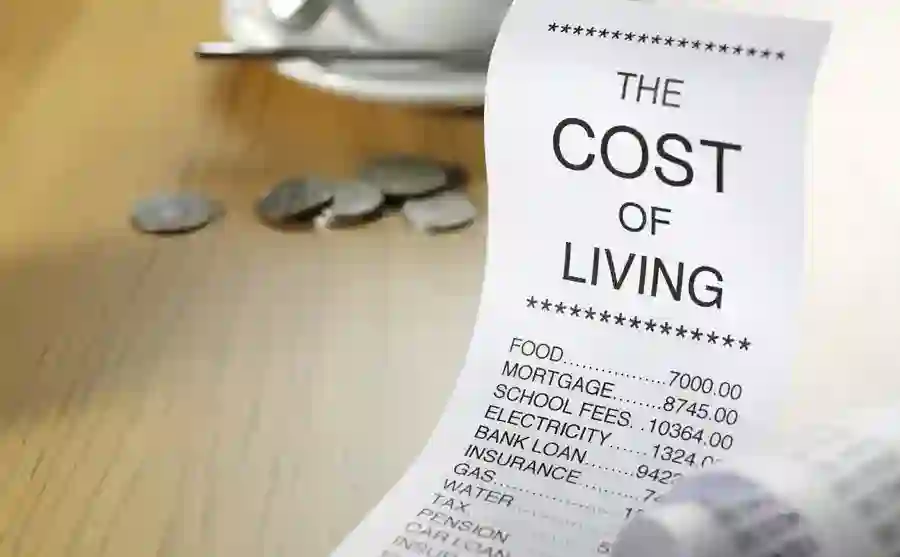For many Californians already struggling to make ends meet, the recent numbers paint a concerning picture: affordable housing and access to healthcare are becoming increasingly elusive adding burden to the California cost of living crisis.

The soaring rental prices are pushing lower-income residents out of the market and disrupting the equilibrium of local housing markets adding a burden to the California cost of living crisis. (Photo: Walthew)
California Cost of Living Crisis
According to CalMatters’ housing reporter, Ben Christopher, even inland cities such as Bakersfield and Fresno, which have historically been more affordable than their coastal counterparts, are now experiencing dramatic rent hikes.
These soaring rental prices are pushing lower-income residents out of the market and disrupting the equilibrium of local housing markets adding a burden to the California cost of living crisis.
According to a published article, since the onset of the pandemic, rents in these inland cities have skyrocketed by as much as 40%. The surge in remote work and the desire of white-collar workers to seek cheaper housing options have contributed to this phenomenon.
Unfortunately, this has resulted in the housing affordability crisis that once plagued the coast now spreading its grip inland, leaving Central Valley residents struggling to cope with the escalating California cost of living.
Economist Jeff Tucker from Zillow, a real-estate listing company, highlights the trend, stating that people are gravitating towards more affordable options when they find themselves unable to afford housing elsewhere in California.
READ ALSO: Grocery Tax In Illinois; Poll Shows 7 In 10 Illinoisans Call For Its Permanent Removal
Addressing California Cost of Living Crisis
To address the pressing housing crunch and the escalating California cost of living, local authorities in Bakersfield and Fresno have attempted to counteract the situation by permitting about 15% more housing units in 2021 and 2022 than in the pre-pandemic years.
However, Ben Christopher’s reports suggest that recent efforts to expand tenant rights and implement rent control have met with limited success.
According to the Observer, the affordability crisis extends beyond housing to healthcare as well. CalMatters’ health reporter, Ana B. Ibarra, reveals that fewer Californians have access to affordable healthcare coverage.
Traditionally, Medi-Cal, the state’s Medicaid program, reviews enrollees’ eligibility annually.
However, when the COVID-19 pandemic hit, the state suspended this review process. With the peak of the pandemic now behind us, California resumed the renewal process in the spring, leading to a significant number of people losing their Medi-Cal coverage.
As of July 1, an alarming 21% of the expected 1 million-plus Californians who were supposed to renew their coverage in June have lost their Medi-Cal benefits. The reasons for this loss of coverage vary, ranging from delayed renewal packets, and language barriers, to processing delays at county offices.
Despite the initial setback, state officials anticipate the non-renewal rate to decrease to around 17% as former enrollees have a 90-day window to reinstate their coverage to ease the escalating California cost of living. Nevertheless, it is expected that more residents will lose their healthcare coverage as California continues its eligibility reviews for nearly 16 million people over the next 12 months.




![Tyson Foods Plant [Photo: Food Manufacturing]](https://southarkansassun.com/wp-content/uploads/2023/08/iStock_1185520857__1_.5e441daa51cca-600x337.jpg)








![Silverado Senior Living Management Inc. [Photo: Los Angeles Times]](https://southarkansassun.com/wp-content/uploads/2023/10/download-6-4-600x337.jpg)

![China's Wuhan Institute of Virology [Photo: Nature]](https://southarkansassun.com/wp-content/uploads/2023/09/d41586-021-01529-3_19239608-600x337.jpg)















